What Kind of Math Do Kindergarteners Do?
What Kind of Math Do Kindergarteners Do?
What do kindergarten learn in math? The answer may surprise many parents because kindergarten math today is far more playful, meaningful, and imagination-driven than traditional mathematics lessons. For kindergarteners, math is not about memorizing facts or jumping into more advanced concepts. It’s about discovering—discovering numbers, discovering different shapes around them, discovering patterns in daily routines, and discovering how the world follows a natural sequence of logic. Kindergarten students build problem solving skills not by solving worksheets but by touching objects, talking, observing, and experimenting in fun and engaging ways.
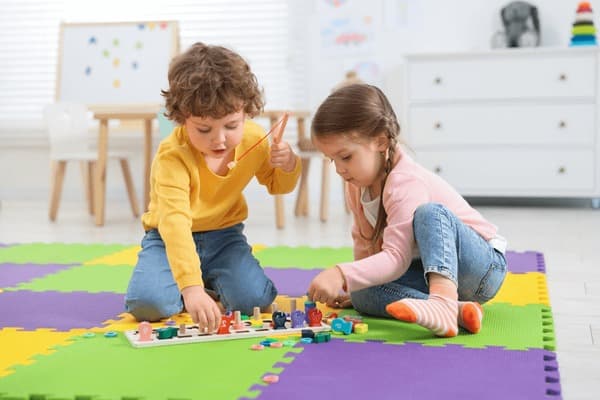
Children at this age love to explore. They count toys, sort blocks, identify shapes on signboards, and make patterns with crayons or leaves while they are learning math . Without realizing it, they are building foundational knowledge that prepares them for simple addition, subtraction, and eventually more advanced concepts like multiplication in later years. Their kindergarten skills grow through real-life experiences—measuring water, comparing snack quantities, arranging letters in alphabetical order, or figuring out which tower of blocks is taller.
In this blog, we will take an in depth look at what kindergarteners really learn, how teachers introduce math concepts through play, and how these early lessons become the building blocks of later confidence. We’ll explore the essential kindergarten math areas—number sense, basic shapes, problem solving, learning addition, subtracting small numbers, and much more. We’ll also answer common questions parents have about how mathematics is taught at this age, how children develop fluency, and why learning math early is crucial for their academic growth.
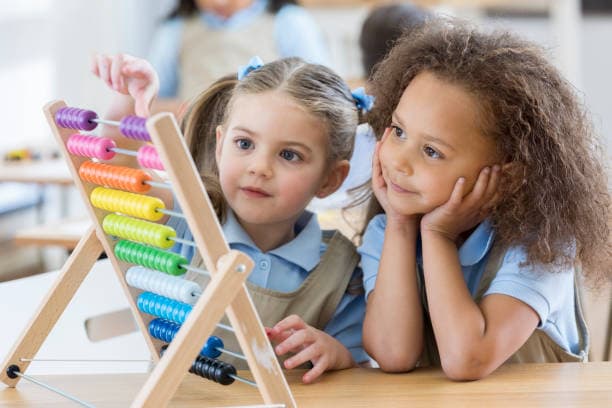
Let’s dive into the colorful world of kindergarten and see how math becomes meaningful, relatable, and full of fun for young children.
Five Math Skills Your Child Will Learn in Kindergarten
What do kindergarten learn in math beyond just counting numbers? Kindergarten students learn five core math skills that act as the building blocks of their future mathematics journey. These foundational lessons focus on number sense, shapes, patterns, comparison, and early operations like simple addition and subtraction concepts like subtracting small numbers. Teachers present math concepts in different ways using stories, objects, drawings, blocks, and real-life examples.
Here are the five main kindergarten skills your child will develop:
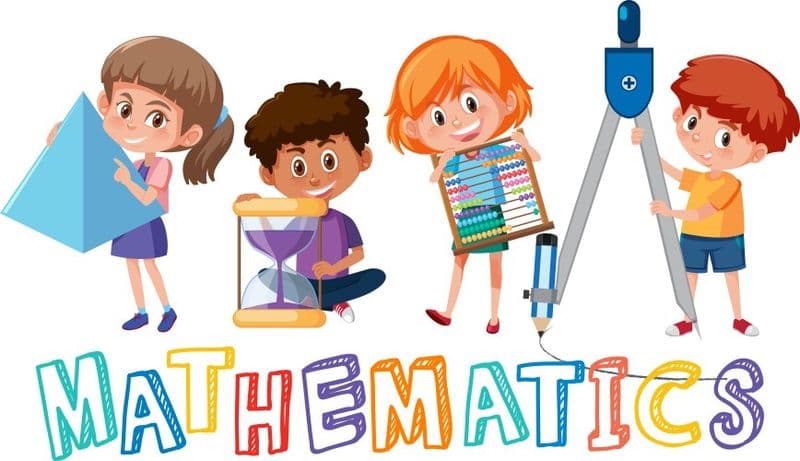
✅ 1. Number sense and counting
This includes understanding counting numbers, how numbers relate to groups of objects, and how to practice counting in everyday life.
✅ 2. Recognizing and comparing shapes
Kindergarteners learn different shapes—circles, triangles, rectangles, and more. These basic shapes help students learn to identify geometry in the world around them.
✅ 3. Early addition and subtraction
Children are introduced to learning addition and subtraction using small numbers, pictures, and objects.
✅ 4. Patterns and measurement
Patterns help children understand sequence, relationships, and order. Measurement activities introduce comparison skills like more or less.
✅ 5. Describing quantities
Children use math vocabulary to explain ideas—more, less, equal, bigger, smaller. This builds communication and problem solving skills.
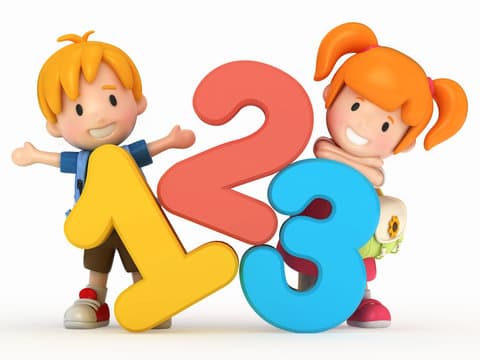
Teachers often use real-life examples to teach these concepts. For example, during snack time, math becomes part of the class naturally when children compare apple slices or count biscuits. Parents can reinforce this at home too—measuring ingredients while cooking, sorting toys, or finding shapes around the house.
These five math skills are essential because they prepare children to develop a solid understanding of more advanced concepts smoothly as they move to the next grade.
Number Sense and Counting
Number sense is one of the most crucial math concepts introduced in kindergarten. Kindergarteners learn to recognize counting numbers, match them to quantities, and understand early mathematics relationships. What do kindergarten learn in math regarding number sense? They learn that numbers represent quantities, and when they count objects one-by-one, the last number they say tells how many.
✅ Key Concepts in Number Sense
Recognizing numbers up to 20
Practicing counting objects accurately
Understanding quantity and cardinality
Seeing numbers as part of the world around them
Teachers use different ways to teach number sense—songs, games, objects, nature walks, and even storybooks that include numbers or counting challenges. If you’ve ever seen kids count their steps or count how many blocks are in a tower, that’s number sense growing naturally.
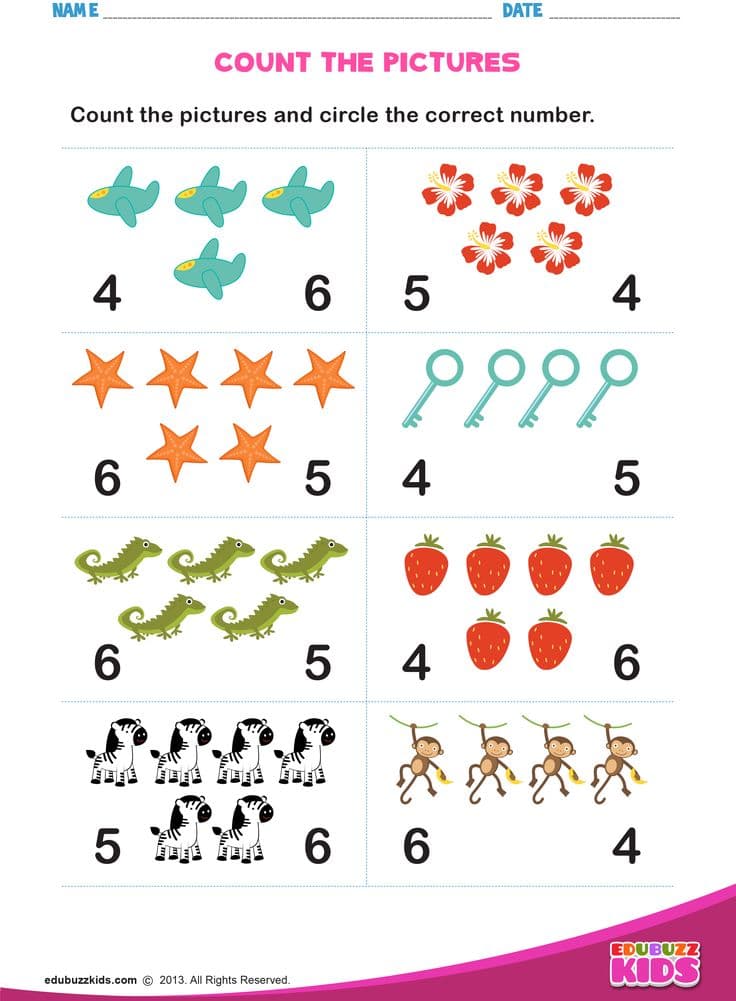
Parents can also create fun home activities:
Count toys before cleaning up
Count crayons while drawing
Count snacks during mealtime
Count leaves or stones in the garden
These simple lessons help children develop essential skills early. They also build confidence with mathematics and help kids understand more complex ideas later.
Understanding of Geometric Shapes
Geometry may sound advanced for preschool or kindergarten, but for children, shapes are everywhere. Kindergarteners learn different shapes through hands-on play. They recognize basic shapes like circles, triangles, squares, and rectangles. They also explore shapes by touching objects, drawing, building with blocks, and observing the environment.
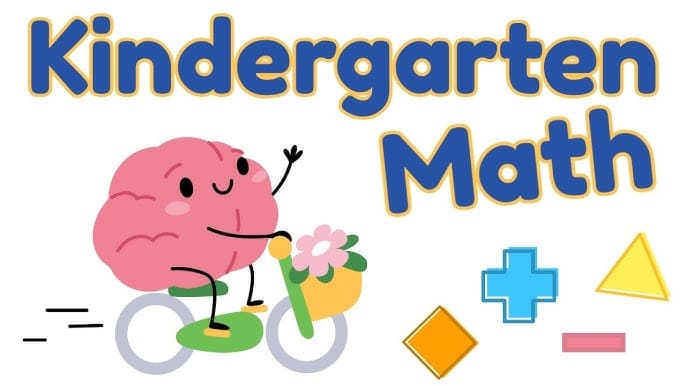
What do kindergarten students learn in math related to geometry as they recognize shapes? They learn to identify, compare, and describe shapes using words like sides, corners, curves, edges, and faces. These kindergarten math lessons help children understand spatial relationships and build foundational fluency for more advanced concepts later.
✅ Examples of Shape Activities
Shape hunts around the school
Drawing shapes with chalk

Building shapes with clay or blocks
Identifying shapes in books or around the world
Shapes are essential because they develop problem solving skills, visual memory, and the ability to figure out how objects fit together. Teachers use different ways to make shape learning engaging—tangram puzzles, craft activities, and matching games.
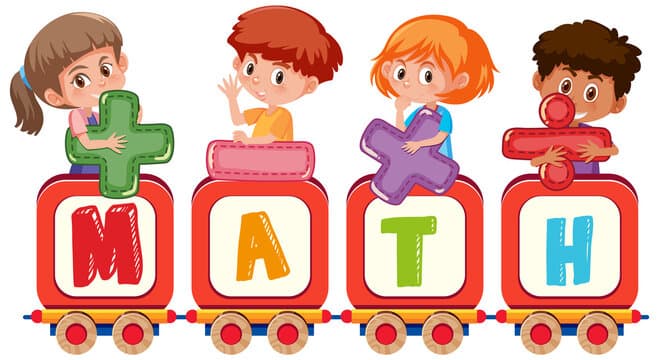
When children recognize different shapes, they are not just identifying pictures—they are understanding relationships, analyzing structures, and preparing for geometry in higher grade levels.
Answer “How Many?” Questions About Groups of Objects
One of the earliest kindergarten skills is answering “how many?” This simple question helps kindergarten students build a deep understanding of quantities and relationships. Children learn to count groups of objects, compare groups, and describe them using math.
✅ What Children Learn
How to count accurately
How to identify which group has more or less
How to express their understanding clearly

For example, if the class has two bowls of blocks, teachers might ask:
“Which bowl has more objects ?”
“How many blocks are in each bowl?”
“Can you figure out how many more blocks are in the first bowl?”
These simple kindergarten activities play a crucial role in developing math fluency, logical thinking, and number relationships.
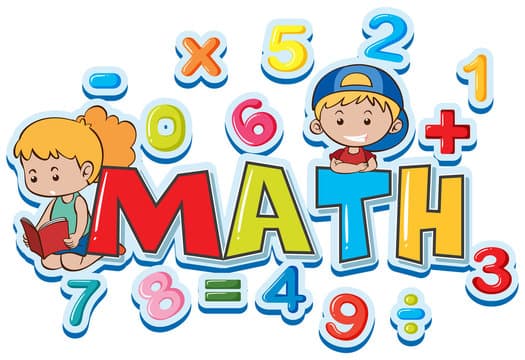
Parents can reinforce this at home by asking questions like:
“How many cookies do you have?”
“Who has fewer crayons?”
“How many steps till your room?”
This builds confidence and helps students learn math concepts in natural, everyday situations.
Introduction to Addition and Subtraction
Kindergarten math includes early learning addition and subtracting small numbers through hands-on, visual, and story-based activities. Instead of memorizing arithmetic facts, children learn to understand operations deeply. Teachers introduce subtraction and simple addition with objects, drawings, fingers, and real-life examples.
For instance, a teacher may say:
“You have 2 apples. I give you 1 more. How many do you have?”
This helps kids understand mathematics as something meaningful, not abstract.
Children also learn subtraction concepts like:
“You have 4 candies. You eat 2. How many are left?”
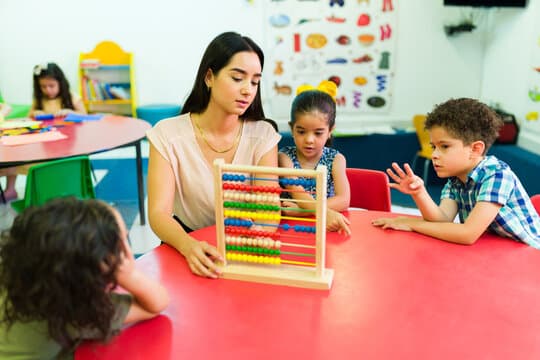
These lessons teach problem solving, logical relationships, and the meaning behind operations. Eventually, these experiences prepare children for multiplication and more complex tasks in higher grade levels.
Addition and subtraction activities also strengthen confidence. When children can answer a kindergarten addition or subtraction problem independently, they feel proud and excited about learning.
More or Less
Understanding comparison is essential in kindergarten, emphasizing the importance of recognizing patterns . Kids learn the meaning of more, less, equal, greater, and fewer through visual, hands-on tasks at school . These concepts prepare children for place value and more advanced concepts later.
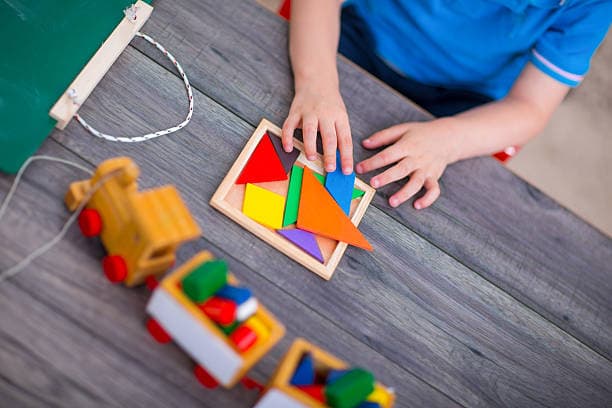
✅ Activities That Teach Comparison
Comparing water in cups
Comparing block towers
Comparing snack quantities
Sorting objects by size or number
Parents and teachers often include comparison in daily lessons. For example, during lunchtime, children naturally compare snacks. During art class, they compare shapes and patterns. These real-world comparisons help kindergarteners understand sequence, relationships, and quantity.

Comparison skills are crucial because they help children understand mathematics deeply. They learn to analyze, observe, and create decisions—all essential for future complex concepts and problem solving.
Math for Kindergarten - FAQs
What are the foundational math skills that kindergarteners learn?
Foundational math skills in kindergarden math focus on helping students build early confidence with math through playful experiences. At this age, kids learn number sense, counting numbers, basic shapes, simple addition, and subtracting small numbers as part of everyday activities at school. Teachers carefully create meaningful opportunities that allow children to explore, observe, and recognize important ideas. These lessons use hands-on resources, real-life stories, and family-centered discussions that help students connect learning to home and family life. By developing these essential math skills, children learn to analyze data, interpret early graphs, and communicate their thinking clearly. The goal is to help kids feel proud when they share an answer, whether it comes from counting objects or solving subtracting small numbers during playtime in kindergarden math.
What specific topics are included in the kindergarten math curriculum?
The kindergarden math curriculum is thoughtfully designed to help students explore patterns, counting, shapes, measurement, and early graphs through child-friendly experiences. Teachers use resources like blocks, picture cards, and classroom tools to create fun lessons while helping kids recognize how math appears in daily routines. Activities involving patterns strengthen logical thinking and fluency as kids identify sequences at school, at home, or even during family activities. Children also practice simple addition and multiplication as well as subtracting small numbers using objects, stories, and visual data. These early encounters with math skills give students the confidence to answer questions with clarity as they explore how graphs, data, and shapes interact. Kindergarden math encourages kids to appreciate how these essential topics connect to the world, helping them grow into curious learners.
How do math games enhance learning for kindergarten students?
Math games are powerful resources in kindergarden math because they allow students to explore math in joyful, stress-free ways. Games help kids practice counting, observe patterns, and experience subtracting small numbers while having fun with friends, teachers, and even family members. Through interactive tasks, children recognize shapes, sort objects, and create solutions that strengthen their math skills naturally. Games often incorporate data, early graphs, and puzzles that challenge students to think creatively and share an answer confidently. At school, teachers use games to build collaboration, reinforce reasoning skills, and spark curiosity.
How are math concepts integrated into other subjects in kindergarten?
In kindergarden math, students discover that math connects to every part of learning at school. Kids encounter patterns in art, data in science, story problems in reading, and sequencing in physical education. Teachers create cross-subject activities in class that encourage them to recognize shapes, build block structures, interpret graphs, and offer an answer to real-life challenges. Using these integrated resources, children practice subtracting small numbers, counting, and identifying relationships between ideas. This approach supports math skills and helps families understand how kids learn across different areas. As students explore multiple subjects, they apply kindergarden math in creative ways—combining letters, numbers, and observations to understand their environment. These meaningful connections help build collaboration between teachers, peers, and family, strengthening their grasp of early concepts
How does early exposure to math concepts in kindergarten affect long-term academic achievement?
Early exposure to kindergarden math has a powerful impact on long-term academic growth. When students practice foundational math skills, explore patterns, and build confidence with subtracting small numbers, they gain early fluency that supports future learning. Families who support kids at home by encouraging counting, observing graphs, or discussing data play a key role in strengthening these abilities. As children become comfortable with math, they learn to recognize relationships and gain knowledge , develop logical thinking, and create solutions to everyday challenges—skills they carry into higher school grades. Engaging resources help kids apply kindergarden math across subjects, ensuring they can explain an answer clearly and confidently. Long-term success often grows from these early experiences, and family, teachers, and classroom activities all contribute to helping students thrive academically.
Comments
Your comment has been submitted successfully!